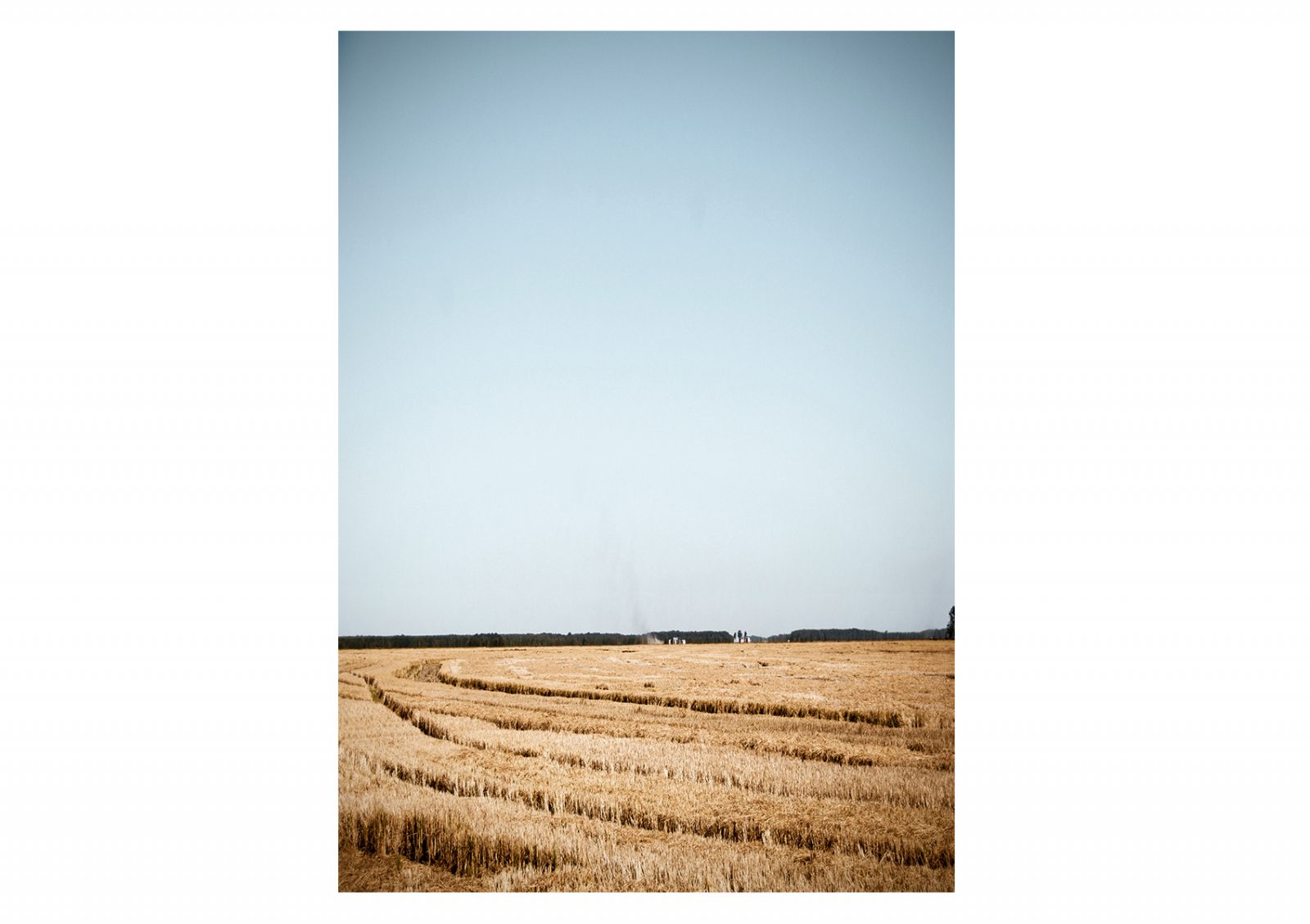The rice has been cut and you can see the smoke in the distance where the farmers are beginning to burn the rice field.
Arkansas ranks first among the six major rice-producing states, accounting for approximately 49% of the United States rice production.
In 1994, Arkansas rice producers harvested 1.4 million acres of rice.
In 2005 Arkansas rice producers harvested an estimated record 1.64 million acres.
In 2007 Arkansas rice producers harvested 1.3 million acres of rice, 5.3% less than 2006.
In 2015, Arkansas farmers produced 207,550,200 bushels of rice on 1.286 million acres.
And with the rice comes mosquitos. If you drive through eastern Arkansas; particularly at night, the mosquitos hitting your windshield sounds like rain. I always tell people travelling through that part of the state who are unfamiliar with Arkansas, “If you stop anywhere, you’ll want to have your lips together when you get out of your car.”
I have been beset with a sense of urgency to record those parts of our heritage which seem to be receding as quickly as the view from the rear of a speeding train. I fear that we are eradicating the evidence of our past accomplishments so quickly that in time we may well lose the sense of who we are.
— David Plowden said that



Interesting! And nice photos! Where I live, north Italy there is an area well know for the rice, of course both surface and production is much much smaller compared to Arkansas!
I do not know if they burn the fields after harvesting.
I have learn much.
Beautiful landscape
A beautiful composition with great colors and textures! Thank you for sharing this information that I never knew about Arkansas. I love your quote about keeping lips shut. 🙂
Excellent record in image and words. Thanks.
That is a beautiful image and very interesting information. I never realized that so much rice was grown there.
I wonder why the farmer’s don’t plow the stubble under. A beautiful image of the rice field.
I don’t know beans about rice farming, but your picture is informative and your facts disturbing. It might be good that less acreage is farmed and less rice produced if alternative and more productive uses are found. Or it might be bad that farmers are doing poorly and are in need of something to help them along. But change is inevitable, and though we as photographers can document that change, we have little sway in the economics and politics that bring change about.
I live in Texas so how did I not know this abut Arkansas? I just think of it as the Ozark Mountains, and pretty lakes, and of course Hot Springs. Thanks for the lesson and photo.
I love your landscape shot. True art.
Interesting, both the text and the photo.
I did not know this about Arkansas. A beautiful documentary shot.
Fantastiques traces dans ce champs de blé et tout en courbe excellent
Belle soirée
A lovely image!
Forgive my ignorance… why are they burning it????
because they’ve already cut it. the burning of the stubble clears the field for winter wheat.
You have given so much information here about Arkansas and rice, Sherri, that I’m stunned, I had no earthly idea!
i had no idea of the drama of rice… and of mosquitos!!
Bad environmental practice stubble burning. It has been banned for a few years now in Europe. Interesting to find that the US is a big rice grower though
Mettre le feu au champ n’est pas une bonne solution pour moi
JP
Attrayante description et magnifique point de vue.